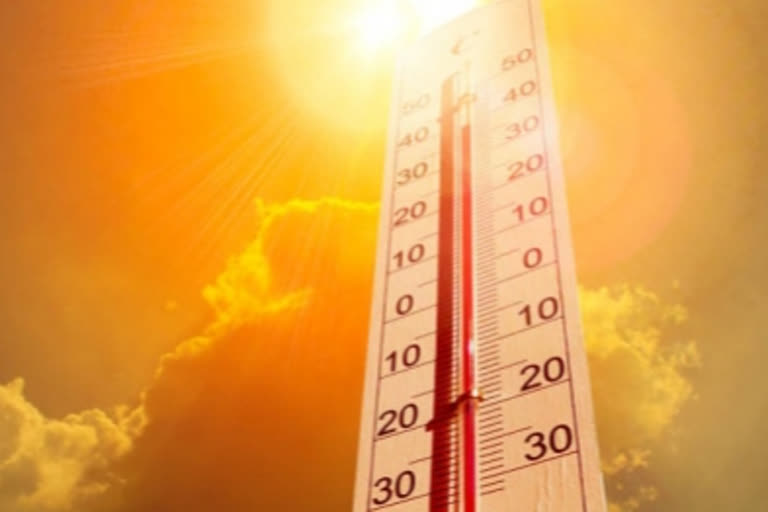New Delhi: A heatwave swept across Delhi on Thursday, with the maximum temperature at the capital's base station, Safdarjung Observatory, hitting the 40-degree Celsius mark for the first time this year, according to the India Meteorological Department. Barring one, all automatic weather stations in the capital recorded their maximum temperature above 40 degrees Celsius, the IMD data showed.
A severe heat wave scorched Lodhi Road, Ridge, Mungeshpur and Pitampura where the maximum temperature settled at least seven notches above normal. The Sports Complex weather station recorded the highest maximum temperature of 42.8 degrees Celsius in the city. The heatwave is likely to intensify further and the maximum temperature at the Safdarjung Observatory may touch the 42-degree mark by Saturday, the IMD said.
No relief from the sweltering heat is in sight for at least a week. Parts of the national capital have been reeling under a heatwave since March last week with their maximum temperature hovering above 40 degrees Celsius. IMD officials said a prolonged dry spell has led to "severe" hot weather conditions in northwest India.
Also read: UN sets 5-year goal to broaden climate early warning systems
IMD Director General Mrutyunjay Mohapatra had on Wednesday said Northwest India and adjoining parts of central India are predicted to see more intense and frequent heatwave conditions in April. "The frequency of intense heatwave conditions will be higher in April as compared to March. And, we expect the heatwave conditions to continue till April 15 in some parts," he had said.
For the plains, a "heatwave" is declared when the maximum temperature is over 40 degrees Celsius and at least 4.5 notches above normal. A "severe" heatwave is declared if the departure from normal temperature is more than 6.4 notches, according to the IMD. India recorded its warmest March in 122 years with a severe heatwave scorching large swathes of the country during the month.
The weather department attributed the heat to the lack of rainfall due to the absence of active western disturbances over north India and any major system over south India. The country as a whole recorded a rainfall of 8.9 mm, which was 71 percent less than its long period average rainfall of 30.4 mm. It was also the third-lowest precipitation in March since 1901 after 7.2 mm in 1909 and 8.7 mm in 1908.
PTI



